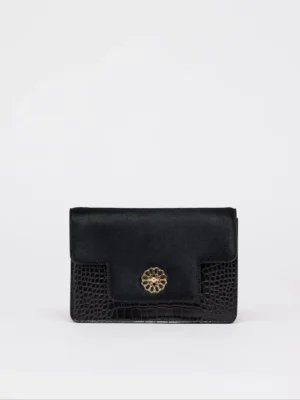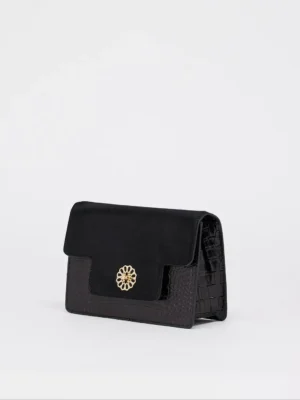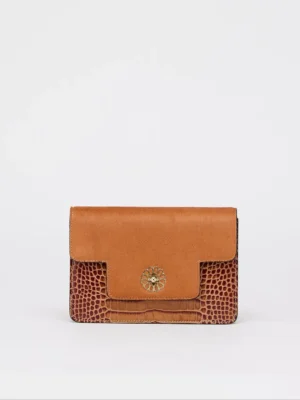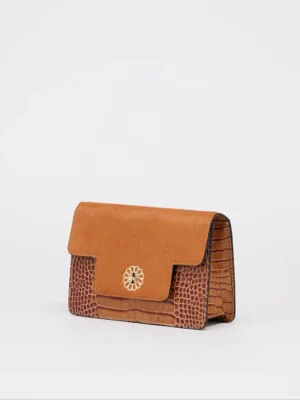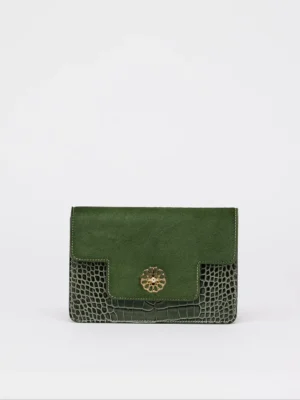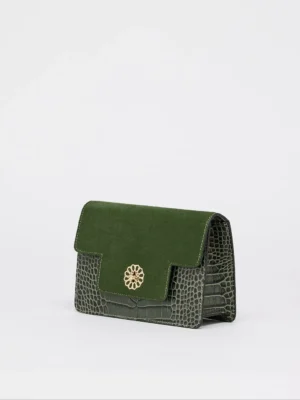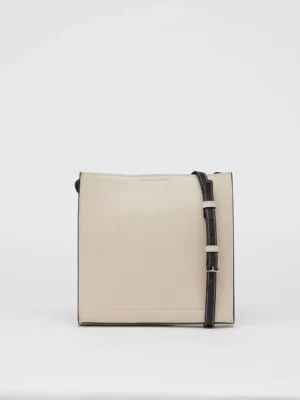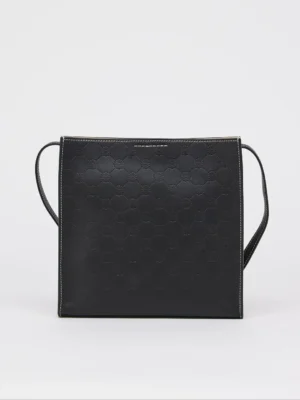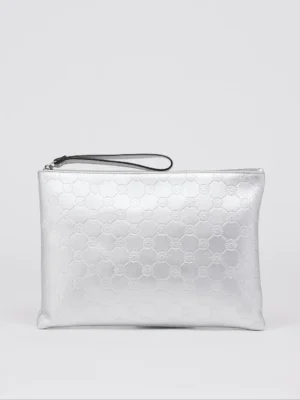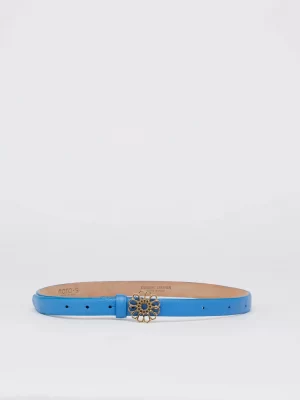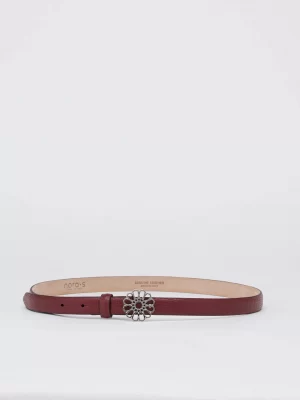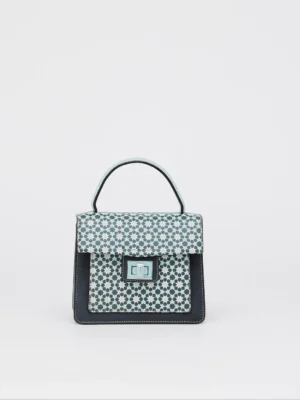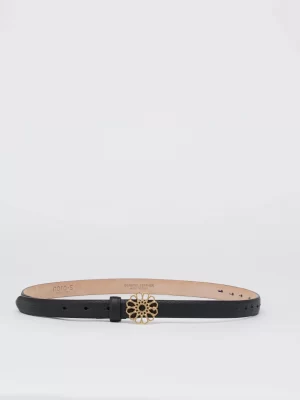Different Types of Leather – leather grades
An Overview Guide to Leather Grades; Types of Leather.

Leatherwork has existed for as long as man has eaten meat. It’s an old craft with a lot of history and terminology. This makes learning about the leather industry enjoyable, but it may also be confusing for customers. When purchasing leather goods, be sure you understand what you’re paying for. This frequently entails wading through marketing and learning some of the typical vocabulary associated with various types of leather.
Before we break these down, we will cover some important things about the leather crafting process. To understand the origin of leather, we start first with raw hides, which are the cow skins that are used to make the leather. The first process these hides go through is called liming, which removes all the hair from the hide surface. After liming and several other tanning processes, the resulting leather is sometimes cut or split into thinner layers, which determines the grade or quality of the leather. Now, let’s break down these four grades.
1. Full Grain Leather:
Tanners treat full-grain leather minimally, leaving the hide’s full grain and natural scarring and blemishes intact. It consists of the grain and the junction of the grain in the corium. Over time, this type of leather absorbs moisture and oil, developing a beautiful patina that enhances with age. It ranks as the most durable, expensive, and cleanest hide you can buy. Minimal finishing is required because of its natural beauty, and each piece made from full grain leather stands unique. The majority of hides at Nora’s are of Full Grain quality.
2. Top Grain Leather:
Remove any marks or stains as soon as you notice them. The longer a stain remains in a leather piece, the more difficult it is to remove. Generally, you can remove it by rubbing the area with a soft, damp sponge. In some cases, Chalk powder is commonly used to remove stains such as those caused by food or blood. Crush white chalk and sprinkle it on the stain to do this and then let it sit overnight before dusting it.
3. Split Leather:
Split leather refers to the second and sometimes third cuts of a hide, as opposed to top grain leather, which is the first cut.
This type of leather, unlike full grain and top grain leather, does not have the same natural appearance or feel. Because a split leather’s surface is technically an interior layer of the hide, this is the case. Pores, lines on the skin, and other features of the skin are thus completely absent unless they are artificially embossed or impressed into the leather. Split leather is the lowest quality of the three grades and is significantly less expensive, and it’s usually reserved for pigmented leather products.
4. Bonded Leather :
Bonded leather isn’t technically leather at all. Instead, it’s a mix of leather dust, vinyl, leather scraps, plastic, and glue that’s been glued together through a complex process. It’s a low-cost alternative to genuine leather that doesn’t hold up over time.
This leather type is commonly used to make low-cost upholstered items as well as low-quality handbags, clothing, and other leather goods.
Look for a stamp on the underside or raw area of the leather the next time you buy leather goods to ensure you’re getting the best types of leather products for your money. Give a product the “fire test” if you’re not sure if it’s real leather. Quickly wave a lighter across the product’s broadside.
If it’s fake, it will shrivel and burn. Real leather is very fire-resistant.
When properly cared for, a full-grain leather product can last for years and years, and it will become more beautiful as it develops the warm patina that high-quality full-grain leathers are known for.


